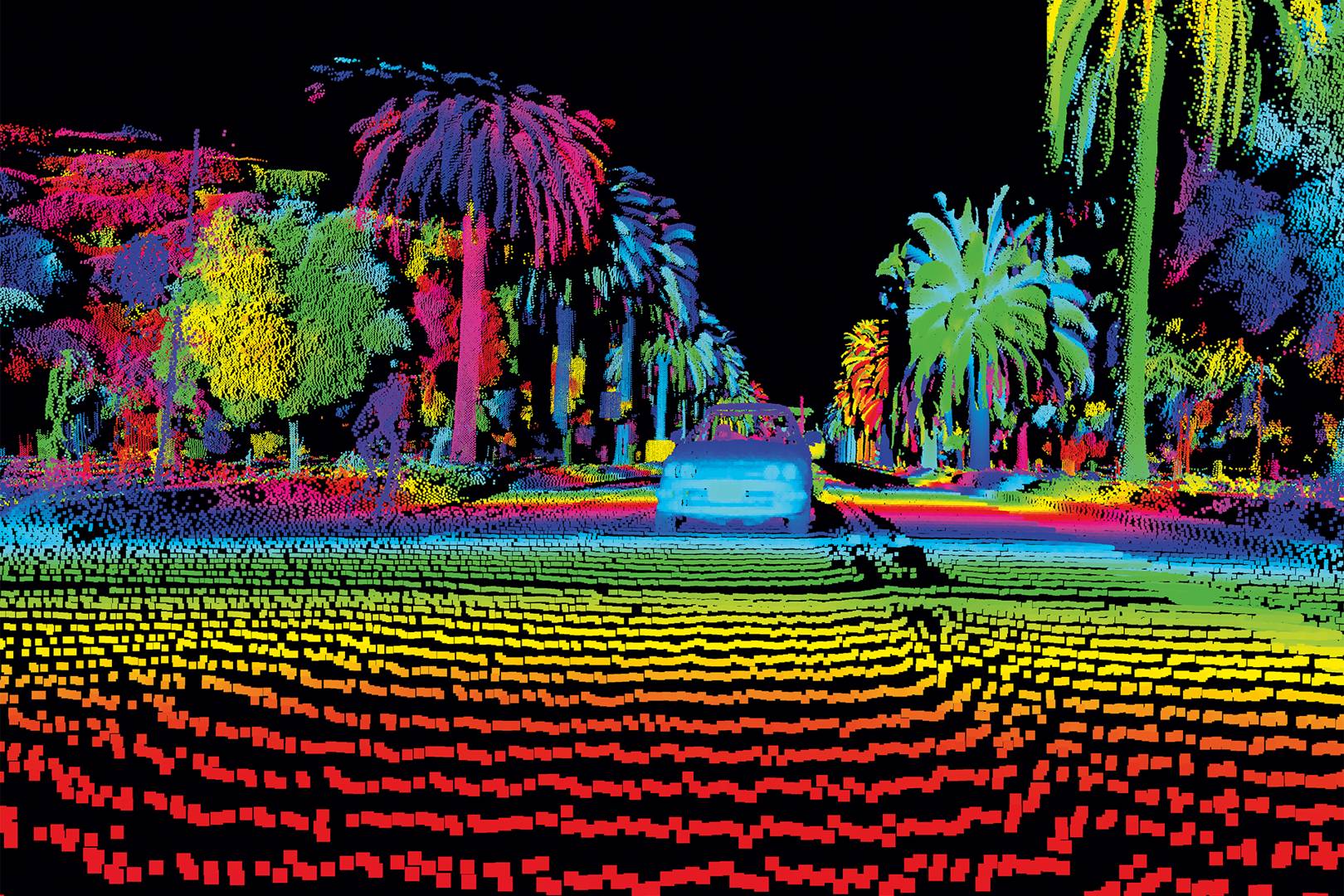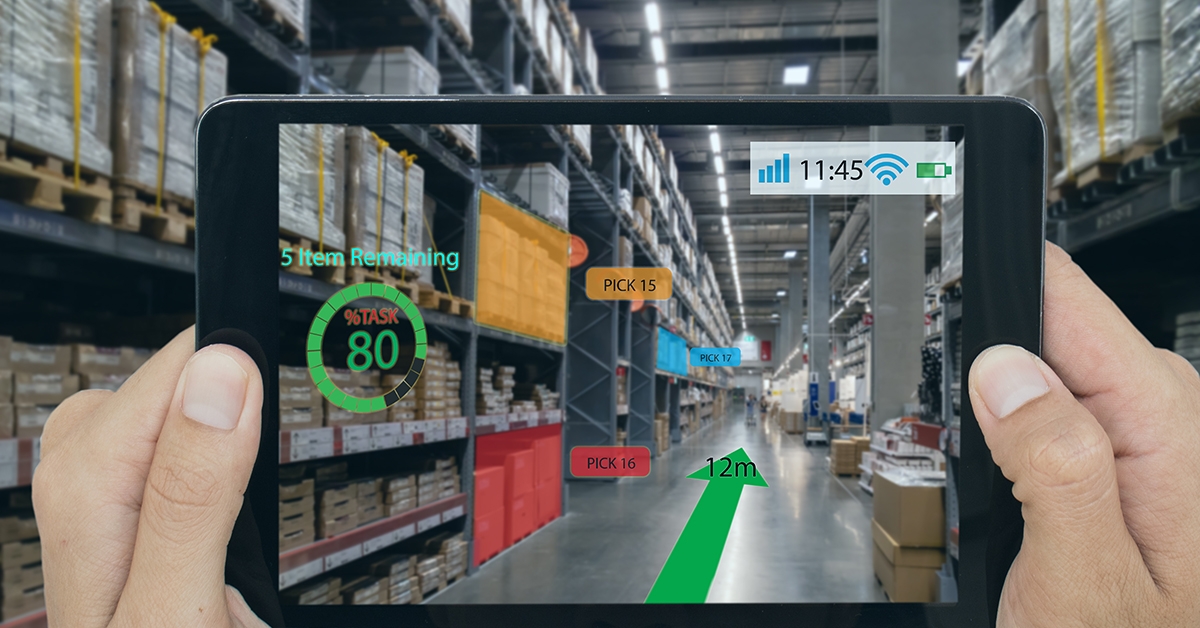TECHNOLOGY FOCUS
LiDAR is a sensor that measures distance with light and can be used to detect obstacles for vehicles and robots or to scan buildings.
Over 100 companies are working to develop LiDAR solutions that can bring the required high performance and are more economic in terms of costs and much smaller for better integration in vehicles, robots, and drones so that they can be easily portable.


COURSE CONTENT
This course provides an overview of different LiDAR architectures in their use cases. Examples are Time of Flight (ToF) and FMCW techniques, where light can be scanned over the scene or illuminate the whole field of view with a flash.
The advantages and challenges of each case will be discussed in detail. The course will focus from System level to Transistor and Device level on all Electronic and Optoelectronic components and subsystems. Advanced discrete and integrated techniques and technologies like Analog/RF-Frontend topologies, Discriminator, ADC, ASIC process technology (CMOS, BiCMOS), (Co-) Packaging, different devices like Photodetectors and Laser Diodes as well as switches, switch drivers and power management techniques will be addressed extensively.
Solutions for miniaturization of novel LiDAR products through ASIC integration and (Co-) packaging will be shown with the goal how to reduce costs and improve performance.
WHO SHOULD ATTEND
This is a course about the development of LiDAR as a multi-disciplinary product, hence of interest for technical staff of different disciplines. They need to understand details and consider optimization on the higher product level and not only locally on a single discipline level. In general, it will be of interest to:
- Engineers, Physicists, Scientists, technical staff, and Students
- System Architects, Project Managers and Technical Managers
- Business Development Managers, Marketing Managers, who plan to be involved in specification and development of such a multi-disciplinary optoelectronic product and want to do business with it with fast Time to Market.

Due to Covid-19, and the uncertain travel recommendations for Autumn 2020, it is decided that this course is planned to run Online only.
The daily schedule will be adjusted to fit remote training, with less hours per day divided into extra days.
Make a preliminary booking and we will keep you updated.
Day 1
Overview LiDAR and Architectures
- Introduction LiDAR
- Time of Flight (ToF) LiDAR, Flash and scanning LiDAR
- AMCW, FMCW, FM Comb LiDAR
- What is a solid-state LiDAR?
- Light wavelength and Power, Eye Safety
Day 2
The Optical Receive Channel
Part1: Photodetectors
- Introduction of discrete and integrated Photodetectors
- Physical Principles and Technologies
- Light power and wavelength sensitivity, materials
- Noise sources, sensitivity, and speed
Day 3
The Optical Receive Channel
Part2: Electronic Interface and Signal Conditioning
- Low noise and high-speed electronic Interfacing of Photodetectors
- Discrimination topologies
- Topologies for Analog to Digital Converters (ADC) and Time to Digital Converters (TDC)
- Discrete (with off-the-shelf components) and integrated (ASIC) Realization
- ASIC Integration Technologies and Challenges
Day 4
The Transmit Channel
- Introduction of Light Sources
- Laser Diode Control Electronics
- Introduction and principles of Switch Components
- Switch Driver Electronics and the parasitics to be minimized
- EMC issues, Integration and Miniaturization
Day 5
Light Steering Methods, Power Management and Packaging
- MEMS Mirrors for Light Steering (technology, challenges, sensing and control electronics, ASIC)
- Optical Phased Arrays (OPA) and the role of Silicon Photonics
- Power Management Topologies for LiDAR (discrete and integrated)
- Electronic and Optoelectronic (Co-)Packaging and Hybrid Assembly

